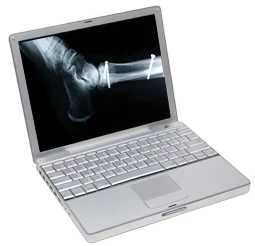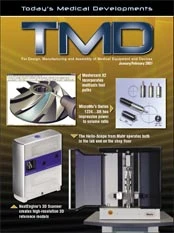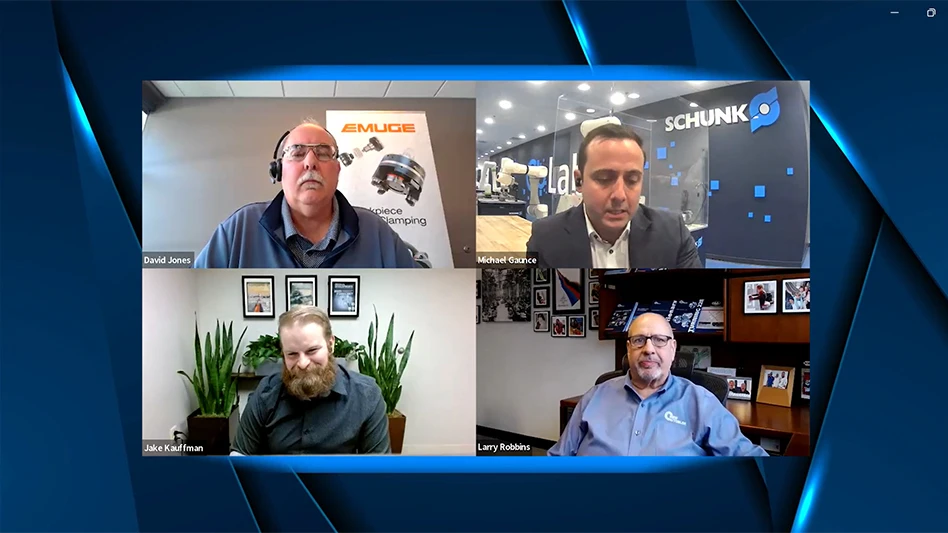
SAY GOODBYE TO WRITTEN PRESCRIPTIONS, X-rays on film and paper records stuffed into a manila folder. Many of the Rio Grande Valley's clinics and hospitals have entered the digital age, launching multimillion dollar projects to make all of their medical records paperless. Eventually creating an electronic "one-stop- shop" for a patient's test results, MRIs, medical history, prescriptions and billing is expected for the near future.
"The final goal is to make sure we have continuity of care for patients," states Linda Resendex, chief executive officer of Edinburg Regional Medical Center and Edinburg Children's Hospital. "The family doctor can pick up where the specialist left off; it's more efficient and effective healthcare delivery."
Some local doctors' offices and hospitals have already gone electronic in several aspects, including digital X-ray, billing and appointments. The next step is to tie those capabilities together in a centralized and truly paperless system.
Rick Perry, governor of Texas, and the Bush administration are pushing for hospitals and doctors' offices to adopt electronic medical records systems, citing reports that electronic records cut healthcare costs and reduce clinical errors. Recently, Perry announced the creation of a new partnership, Texas Health Care System Integrity Authority, which will eventually develop a centralized medical records system for the entire state.
The Bush administration committed $100 million in fiscal year 2005 and $125 million in fiscal year 2006 to help hospitals and clinics institute paperless systems. While hospitals take on these costly initiatives, small clinics and doctors' offices are scraping money together to make their records electronic as well. For some doctors' offices, the only way to afford buying the necessary hardware and software is to take out a loan, an investment that will pay off. Medical records software can range from about $10,000 to $50,000. More and more grants are becoming available for offices and clinics; some hospitals and health plans have agreed to shoulder the cost for some of their physicians.

Explore the January February 2007 Issue
Check out more from this issue and find your next story to read.
Latest from Today's Medical Developments
- The role of robotics in precision medical device manufacturing
- Swiss Steel Group’s UGIMA-X machinable stainless-steel sets
- #51 - Manufacturing Matters - The Impact of M&A in MedTech 2024
- Visual Components: 25 years of simulation and programming software innovation
- Zimmer Biomet announces definitive agreement to Acquire Paragon 28
- Discover an innovative technology for EMI/ESD/TVS suppression
- Teleflex to acquire BIOTRONIK’s Vascular Intervention business
- Innovation at Global Industrie 2025





